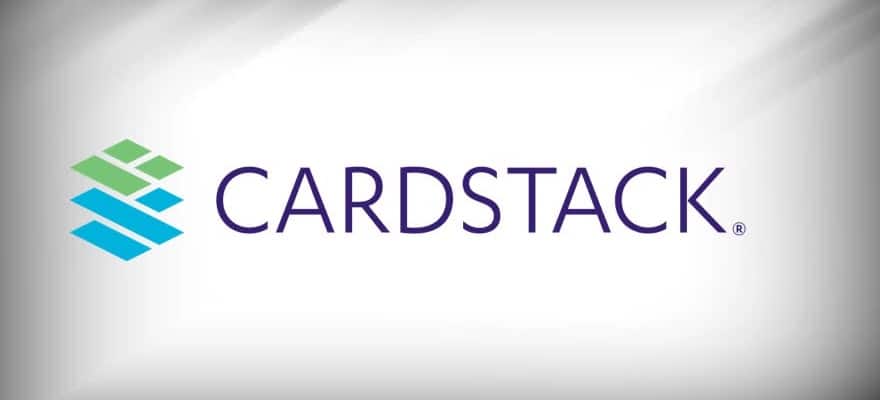Apps are astoundingly popular. The Google Play store alone features around 2.8 million apps, and in 2017 there were an estimated 178.1 billion app downloads worldwide. These are impressive stats for such a young market. But they aren’t really surprising – we’ve all been witnesses to the explosive growth in the app market over the last few years.
Apps represent a new era of tech and software. They’ve changed our lives in countless ways and will continue to do so, but they’re also bound to experience some growing pains.
Recently, we’ve seen the birth of dApps — decentralized apps built on Blockchain technology – and this has further complicated things. dApps offer enormous potential and scope for growth, but they have some issues. The main problem right now for apps and dApps is that the industries are fragmented and siloed.
There isn’t much integration between separate apps, and developers can find it tough to make money from their software. Let’s take a deeper look at these issues, and why they’re becoming a problem.
Some issues to work through
Apps right now are isolated from each other. They often don’t support combination and integration of software, forcing users to manage lots of different subscriptions and handle a collection of entirely separate apps.
That’s time-consuming and frustrating, with the result that most users stick to just a handful of regular and familiar apps. They’re unwilling to bring in much new tech, as the burden of managing so many different applications isn’t worth it.
With dApps, this problem intensifies.
dApps are decentralized applications, built on the Ethereum network (most of the time) with no need for a central point. They also tend to run on their own crypto tokens. This means users are required to move between very different platforms and interfaces and maintain a portfolio of various crypto coins in order to use their dApps.
That’s demanding enough for tech people, but it could be a deal-breaker for the typical user without much grounding in blockchain technology. And if dApps want to hit the mainstream and become a serious market, they need to target typical users.
Users aren’t the only ones losing out from this current model – developers are also taking a hit. That’s because people have become accustomed to getting their apps for free; almost nobody is prepared to pay money for an app download unless it’s delivering serious value. That makes it hard for developers to make money from one-off app downloads.
As we’ve moved to a cloud-based subscription model, new problems have arisen. People aren’t happy managing multiple subscriptions and find it annoying and frustrating. This means passionate and talented app developers are finding it hard to monetize their work.
Fortunately, there is a solution to all of these issues. It involves fighting against the centralization in the app industry and bringing traditional apps into contact with dApps. Many people think blockchain technology could be crucial to this process.
Blockchain can bring apps and dApps together
Promising blockchain project Cardstack wants to use blockchain to make the app industry less isolated and fragmented. Blockchain is perfect for this kind of job, as it’s well suited to building decentralized networks with no reliance on a third party or central point.
Cardstack are building a platform where users can mix and match between apps and also dApps. They can combine the best features of apps and move easily between different ones without the difficulties currently required.
By grouping apps together this way, it makes life much easier for users. They no longer have to juggle multiple subscriptions and downloads and can draw on the benefits of more apps with less effort.
“What we’re building is the user experience layer of the decentralized internet, the human layer. Crypto is so hard to use, and there is a big blind spot within the blockchain industry. we need to make crypto more friendly, usable and also empathize with the users, and build things that allow people to use this amazing technology without necessarily the need the cryptography getting in the way. We’re trying to make it easy and fun to use crypto” says Chris Tse, founder of Cardstack.

Chris Tse, Founder of Cardstack
The platform will run on CARD tokens, which users spend to access apps. This currency is then distributed to the app developers based on which software was most popular — ensuring they get fairly compensated for creating apps that people like.
Through Cardstack’s Tally software, some transactions that would normally be carried out on-chain are instead dealt with off the blockchain. In simple terms, this means the strain on the Ethereum blockchain (that dApps rely on) is greatly reduced. That brings more speed and efficiency and allows dApps to do a lot more.
These kinds of changes are necessary if dApps are to really hit the mass market. It makes them more user-friendly and encourages wider use of blockchain technology.
By solving the problems with apps, and making dApps more accessible to the average person, blockchain could be the perfect tool to help this industry break through its stumbling blocks and hit new levels of growth.
Disclaimer: This is a contributed article and should not be taken as investment advice
















